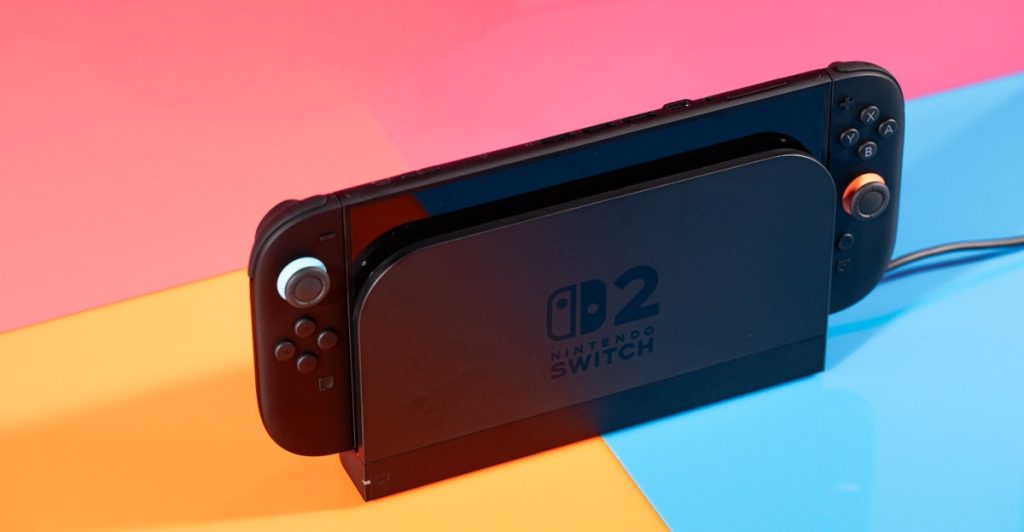Reasons for USB-C Compatibility Issues
There are always explanations for why universal USB-C ports don’t function as seamlessly as anticipated. Initially, it was due to mistakes or a lack of understanding. Over time, manufacturers often opted for cheaper solutions. However, with the case of Nintendo’s Switch 2, it seems the incompatibility is a deliberate choice.
Intentional Restrictions on the Switch 2
The Nintendo Switch 2 should allow users to easily connect their new console to devices like video glasses or televisions while traveling. USB-C should facilitate this. Instead, Nintendo has actively limited its compatibility with these devices, reportedly utilizing a new encryption method and a specific encryption chip, according to accessory manufacturers who spoke to The Verge.
Power-Demand Analysis
While I haven’t confirmed the existence of this encryption chip, a recent analysis of the USB-C Power Delivery traffic with a Power-Z tester indicated that the new Nintendo Switch behaves differently than expected from a typical USB device.
Lack of Portable Docks
If you’re curious about the scarcity of portable Switch 2 docks, it’s due to Nintendo’s restrictions. Even Jsaux, a company known for producing accessories quickly, has halted plans for a Switch 2 dock due to these limitations. The Switch 2 now demands higher voltage, complicating compatibility even further.
Challenges with USB-C Communication
Normally, connecting a USB-C to HDMI adapter or dock to a USB-C enabled device should easily project the screen to a TV. This interaction typically follows a simple standard message structure, allowing for quick communication between devices. However, the Switch 2 appears to deviate from this protocol significantly.
Hardware Implications
The Switch 2 initiates communication in a way that includes proprietary messages only understood by Nintendo, complicating interactions with third-party docks. So far, only one third-party dock, the Antank S3 Max, claims compatibility with Nintendo’s coding, and upon testing, it was indeed able to exchange information using these proprietary commands.
Conclusion and Future Implications
This situation raises important questions about accessibility and compatibility for users. Although the Switch 2 includes its own dock, limiting third-party options could lead to unnecessary expenses for consumers who wish to utilize different docking solutions. Nintendo has yet to clarify its position on these encryption measures but the current scenario evidences that USB-C is not as universally compatible as it should be.



